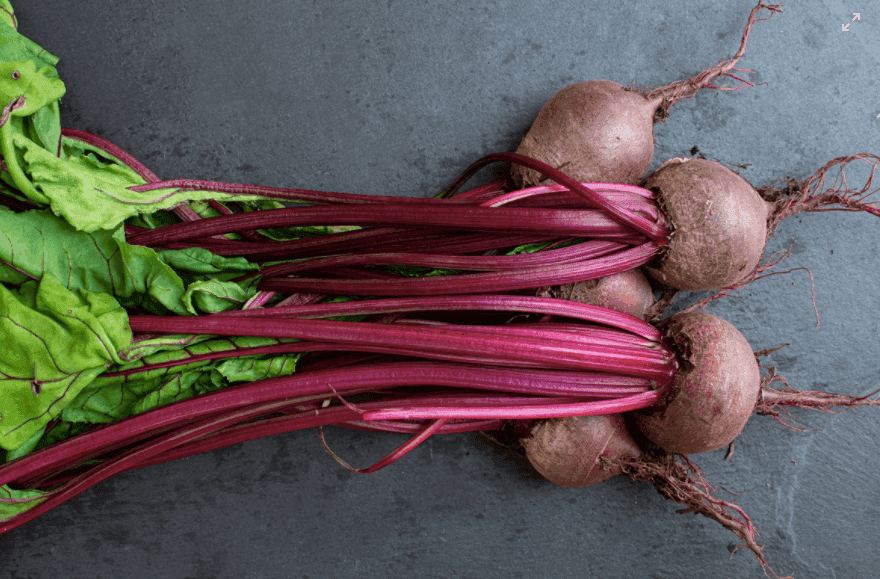Foods That Lower High Blood Pressure
by Amylee Amos PhD, RDN, IFMCPNutrition
High blood pressure, or hypertension, is often called the “silent killer” because it can lead to severe health issues with little to no outward symptoms. High blood pressure is a major cause of cardiovascular disease and is a major risk factor for chronic kidney disease, heart failure, stroke, and dementia (1). For this reason, blood pressure is routinely taken at nearly every medical appointment. Catching and treating high blood pressure is critical to maintaining health. And yet many individuals with high blood pressure do not recognize the dire consequences of leaving elevated blood pressure unchecked. After all, most individuals with high blood pressure do not experience symptoms, which can lead to a false sense of security or at least downplay the severity of the issue. But hypertension causes about 7.6 million deaths per year (2). If you’ve been diagnosed with high blood pressure, it’s time to take it very seriously.
Often doctors prescribe medications for lowering blood pressure in hypertensive patients. These medications are effective and can be a vital part of treatment. Additionally, lifestyle modifications such as regular exercise and weight loss get a lot of attention as helpful adjuncts when lowering blood pressure. Given less attention are individual foods and drinks that can also be helpful when included as part of a larger intervention to lower blood pressure. Here are the top foods and drinks that have been studied to reduce blood pressure and some easy ways to incorporate them into your lifestyle.
Hibiscus
Hibiscus is a red colored flower that has been used for millennia as a cultural beverage and ancient medicinal tonic. Hibiscus has a number of incredible benefits, but perhaps the most inspiring is the use of hibiscus in the treatment of hypertension (3). When compared to drinking regular tea, research shows that hibiscus tea lowered systolic blood pressure (SBP) by 11.2% and diastolic blood pressure (DBP) by 10.8%, while regular tea drinkers only had a 4% decrease is SBP and and a 3.6% decrease in DBP. What’s amazing is that this significant decrease in blood pressure from hibiscus occurred after only twelve days of drinking tea! (4). Hibiscus has been studied alongside one of the most common pharmaceutical interventions for the treatment of hypertension, Captopril, an ACE inhibitor. In this study, individuals were either given daily hibiscus tea or 25 mg of Captopril twice per day. The results showed that the hibiscus tea and the Captopril had no significant difference in hypotensive effects, meaning that both the standard pharmaceutical and the hibiscus tea worked equally well in lowering the participants’ blood pressure (5).
Dark Chocolate
There are many health benefits of dark chocolate and it appears that lowering blood pressure may be one of them. Dark chocolate is rich in phytonutrients called flavanols. These flavanols induce vasodilation by upregulating nitric oxide and may reduce blood pressure via this mechanism (more on this process below!) (6). Dark chocolate, as opposed to milk chocolate, has higher amounts of flavanol rich cacao. Choose dark chocolate that’s at least 72% cacao and low in sugar for the best benefit. Eat a square or two of dark chocolate as is, or make a dark chocolate fruit bark to enjoy the benefits of dark chocolate!
Garlic
The benefits of garlic are vast. In addition to other mechanisms of supporting cardiovascular health, garlic has been demonstrated to lower blood pressure. A meta analysis of 20 studies showed improvements in both systolic and diastolic blood pressure (7). Most of the studies looking at the affects of garlic utilize garlic supplements. However, just including garlic as a culinary ingredient on a regular basis will result in positive physiological changes. Garlic is so versatile and so delicious. Add minced garlic in homemade salad dressings, include whole cloves of garlic on a sheet pan of roasted vegetables, and include chopped garlic in just about all savory dishes to get more of garlic’s blood pressure lowering benefits!
Beets
Beets are naturally high in nitrates, which support the conversion to nitric oxide (8). Nitric oxide is considered the third gas in the respiratory system, along with oxygen and carbon dioxide. After consuming foods high in nitrates, our salivary glands concentrate the nitrate. We have bacteria in our oral microbiome that then convert the nitrate to nitrite. When we swallow and the nitrite enters the acidic environment in the stomach, it turns into nitric oxide (9). The nitrogen cycle is critical to our vascular health, including our blood pressure. 50% of the nitric oxide activity in the body comes from the diet. This reinforces how paramount our diet is to our health.
Beets often get a bad wrap for being a “sugary” vegetables, but their nutritional value is unparalleled. Beets are delicious boiled and chopped in a salad or roasted with a sheet pan of vegetables.
Spinach
Like beets, spinach is rich in nitrates, which increases nitric oxide in the body (10). For this reason, spinach is an excellent vegetable to include if you want to reduce your blood pressure naturally. In general, spinach is incredibly rich in nutrients including iron, folate, and vitamin K, among others. Saute spinach with garlic for a healthy side dish or add some spinach into a salad to enjoy it raw.
There are so many healthy plant foods that help reduce blood pressure, so this list doesn’t come close to covering them all. Simply increasing your intake of vegetables will help you reduce blood pressure, but the foods above are especially potent therapeutic foods when it comes to blood pressure reduction. Include all five in one meal by making a salad with spinach, beets, and any other veggies you like tossed in a garlic vinaigrette. Drink a big glass of iced hibiscus tea with your meal and finish it off with a square of dark chocolate!